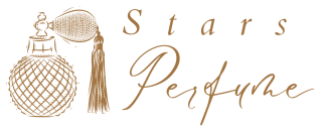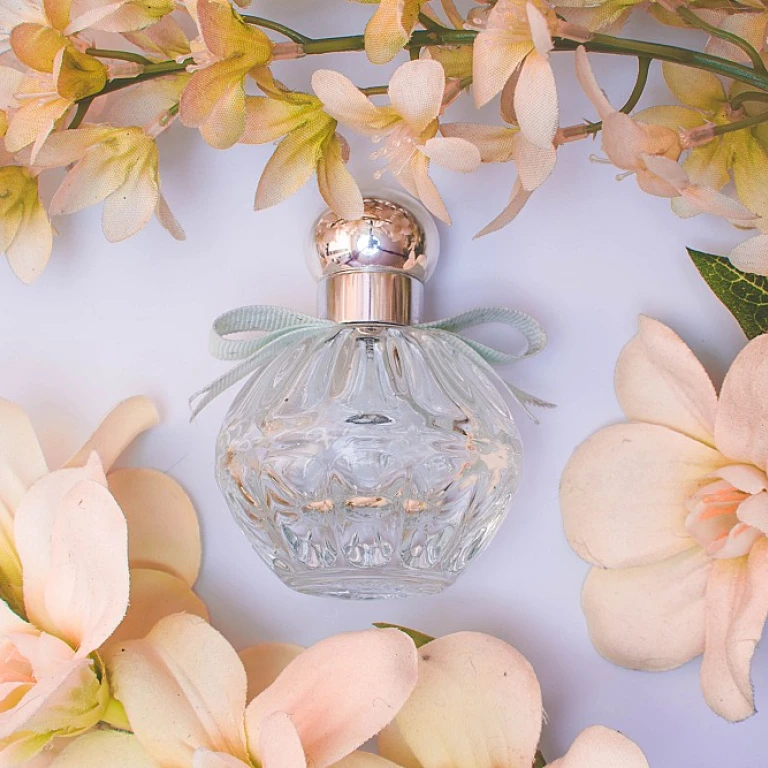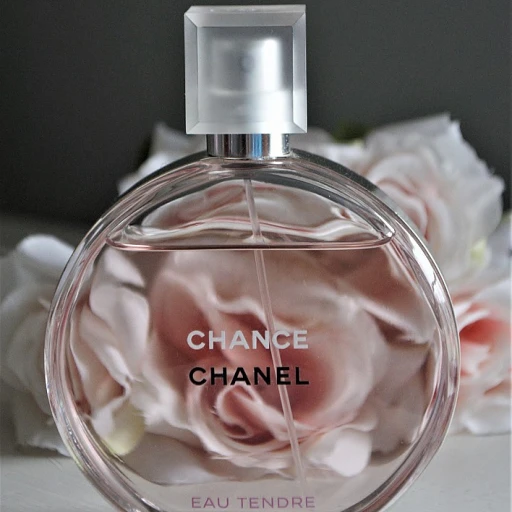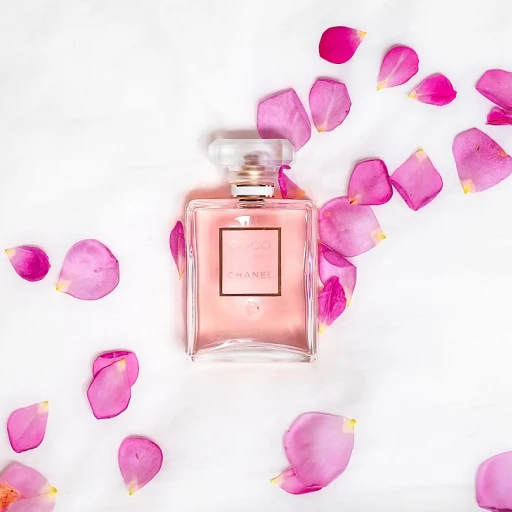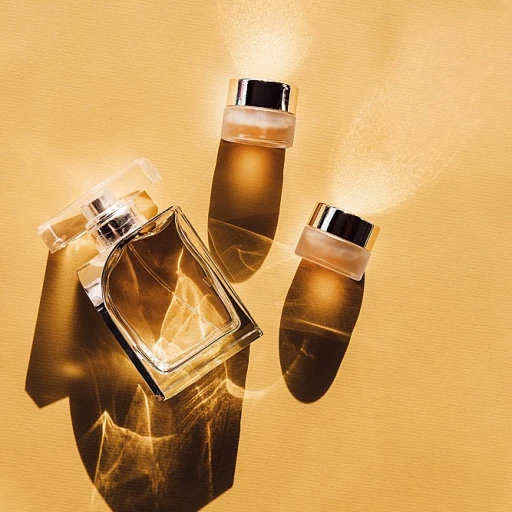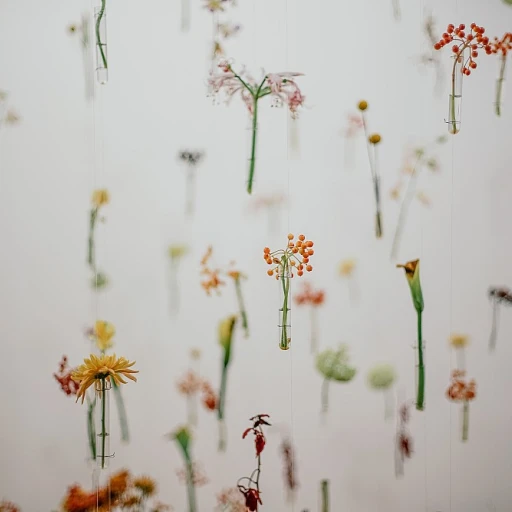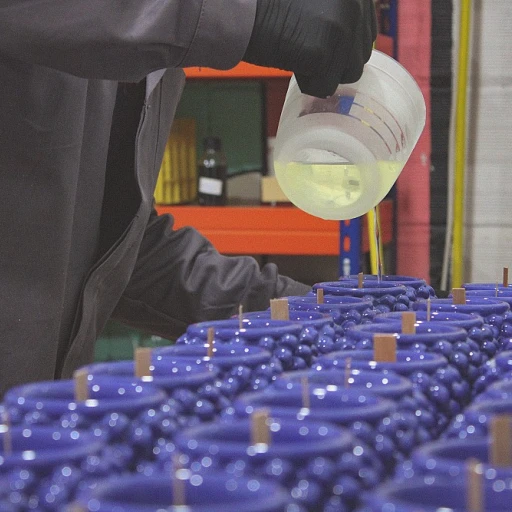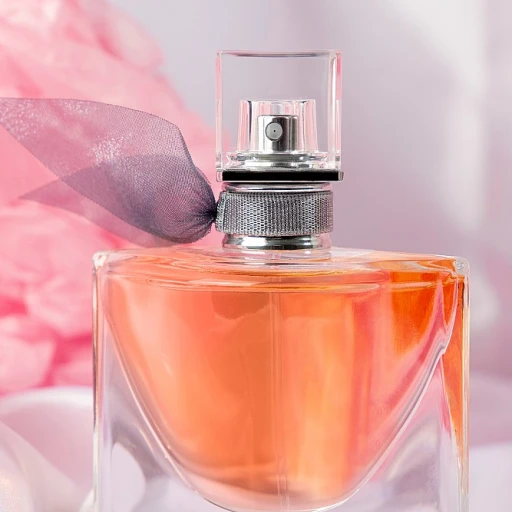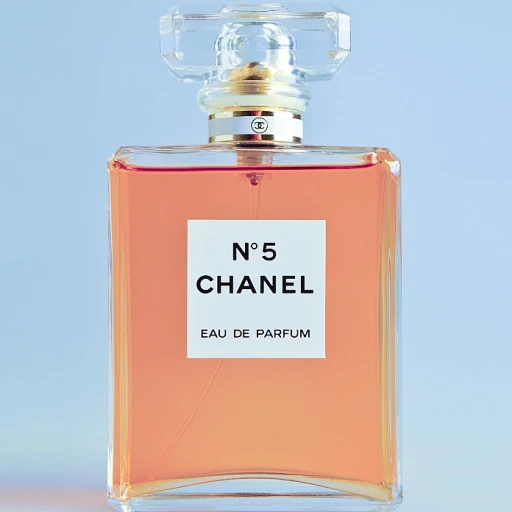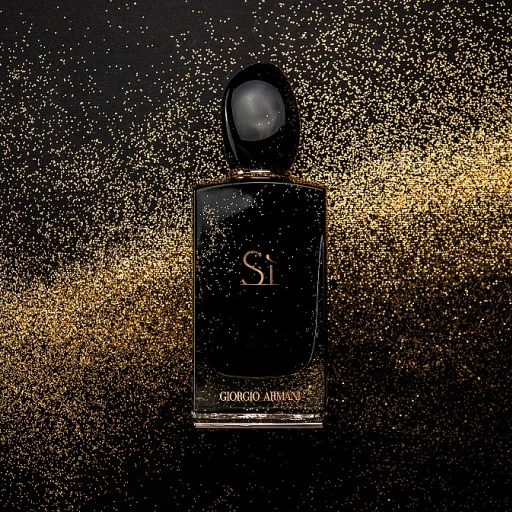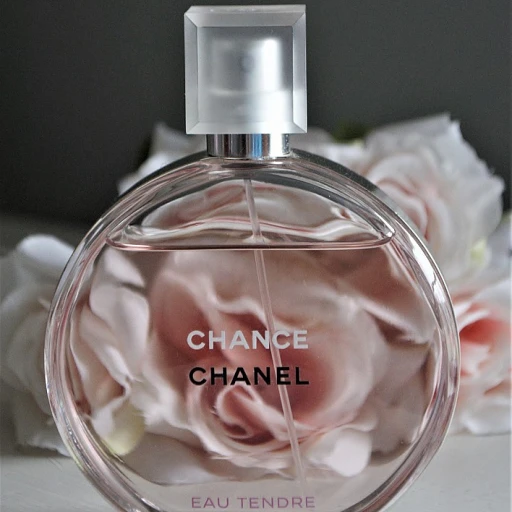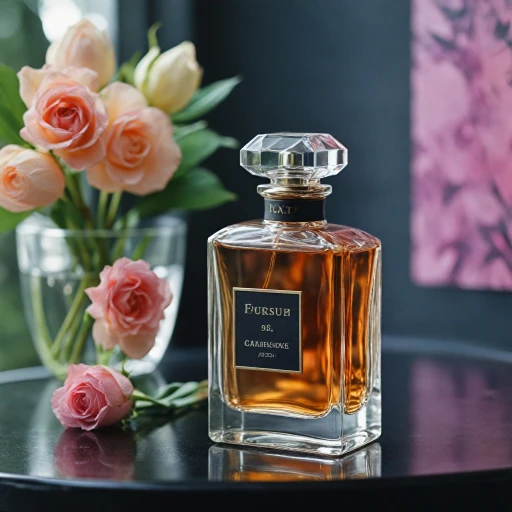
The Role of Fragrance Testers in the Perfume Industry
The Silent Heroes of the Perfume World
Fragrance testers are the unsung heroes of the perfume industry, shaping the way consumers experience scent. These testers play a pivotal role in the preliminary introduction of a perfume, often influencing purchasing decisions with their delicate allure. A tester is essentially the trial version of a fragrance, offering a sample of its aromatic journey without committing to a full bottle purchase.
Typically priced lower than their regular counterparts, testers provide an affordable way for both men and women to explore the diverse olfactory realms. From eau de parfum to eau de toilette, testers offer a range of options that cater to different preferences and occasions. For instance, the God of Fire cologne sample allows perfume enthusiasts to savor the mystical notes before investing in a full-size option.
Fragrance testers are often found in stores, embellished with a "tester" cap or label, signifying that they're meant for sampling purposes. While these units might not come in the original packaging or include the fancy accessories of a gift set, they remain a hot commodity during sales, drawing price-conscious buyers eager to try the latest releases.
Well-known brands like Yves Saint Laurent, Jean Paul Gaultier, and Giorgio Armani offer fragrance testers as an entry point to their olfactory worlds. Additionally, perfume testers from collections like "La vie est belle" by Lancôme vie or Paul Gaultier's classic scents provide a glimpse of luxury at a unit price that's often more enticing than the regular price. By offering an eau parfum experience that's accessible, testers boost both discoverability and product reviews, enhancing the overall consumer experience in the competitive market.
How Fragrance Testers Enhance the Consumer Experience
The Transformative Impact of Tester Bottles
Fragrance testers are not just minor iterations of full-sized perfumes; they transform the way consumers engage with scents. Testers, especially those available at a discounted sale price, provide a nuanced experience that allows consumers to immerse themselves into the fragrance universe without committing to the full regular price of a product. As many parfum and eau de toilette options are positioned at premium price points, testers offer a more accessible glimpse into luxury brands such as Yves Saint Laurent and Giorgio Armani.- Cost Access: The sale price of testers enables both men and women to sample high-end fragrances like Lancôme's La vie est belle or Jean Paul Gaultier's offerings, without the financial commitment of a full-sized bottle.
- Selection Variety: Testers usually span both eau de parfum (EDP) testers and eau de toilette (EDT) testers, offering an array of choices in scent profiles—from fresh to musky to floral—each presenting a unique aromatic journey. This diverse selection helps consumers make informed decisions, shifting their shopping focus from sheer cost to personal preference and olfactory nuance.
- Gifting Potential: Fragrance testers, sometimes packaged with a tester cap, can be included in gift sets to provide a taste of luxury in a compact form. Opting for testers as gifts can lead to discovering a signature scent without breaking the bank, often leading to repeat purchases of the full eau de parfum or toilette once the recipient is fully captivated.
The Science Behind Fragrance Testing
The Intricacies of Olfactory Testing
Understanding fragrance testing requires delving into the complex interplay of chemistry and psychology. Fragrance testers are pivotal in evaluating perfumes beyond initial impressions, aiming to simulate real-life user experiences. This detail-oriented process enables brands to refine their products, ensuring that they resonate with both men and women, across various scent categories like eau parfum and eau toilette.
During the testing phases, multiple tester units are utilized to evaluate the performance of the scent over time. This involves assessing the perfume’s sillage, longevity, and how it interacts with different skin chemistries. These insights are crucial in determining how a tester compares with its regular product counterpart in terms of price and scent profile. Reviewers also consider the emotional and sensory responses elicited, which often influence consumers' purchase decisions, whether it's choosing a Giorgio Armani or a Lancome La Vie Est Belle gift set.
Technology plays a significant role in fragrance testing by precisely controlling and measuring variations in scent molecules. The introduction of electronic noses, for example, has provided more objective data to complement human reviews. This scientific method enhances the reliability of testers, allowing brands to make informed decisions about potential sales prices or adjustments. For instance, evaluating the Sahara Spray Rose emphasizes the need for detailed testing to maintain a consistent experience across its regular and tester cap versions.
However, this intricate process isn't without challenges. Fragrance testers must reconcile technical assessments with subjective consumer preferences—striking a balance that satisfies both scientific rigor and personal taste. This dynamic is central to advancing the perfume industry, as evidenced by popular products like Jean Paul Gaultier or Yves Saint Laurent being fine-tuned to suit diverse expectations.
Challenges Faced by Fragrance Testers
Overcoming Obstacles in Fragrance Testing
In the enchanting world of perfume, the role of testers is undeniably pivotal, but it is not without its hurdles. One of the most noticeable challenges faced by fragrance testers is ensuring the consistency and integrity of the product across various product lines, such as eau de toilette and eau de parfum. As testers are often associated with sales promotions or as part of a gift set, maintaining a unit price competitive with regular price products is crucial while ensuring that the tester cap and essence remain unaltered. A significant challenge is the perception of testers as being of lesser quality or merely a "discount" version of a fragrance, leading to misconceptions among consumers. This view can sometimes be exacerbated by the regular sales labels, where the sale price might suggest a compromise in quality, despite testers being essentially the same product sans the commercial packaging. Furthermore, there is the technical consideration of how volatile fragrance compounds interact with air and skin. Testers must accurately represent the scent's true nature, regardless of external environmental factors or personal skin chemistry, which varies widely between individuals. This scientific aspect is paramount in garnering authentic reviews and ensuring a perfume's lasting impression. Testers also face logistical hurdles when the supply chain fluctuations affect availability. This becomes apparent in high-demand products like those from brands such as Yves Saint Laurent or Giorgio Armani, where regular and tester units may diverge in stock levels. The testers must reflect the fragrance exactly, whether it is a tester by Lancome or an edp tester by Jean Paul Gaultier. Lastly, the millennium's focus on sustainability places pressure on perfume testers to not only deliver an unhindered sensory experience but do so in an environmentally conscious manner. This involves considerations around packaging materials and reducing waste during testing processes, aligning with consumer values that prioritize eco-friendliness. In essence, while fragrance testers are a cornerstone of consumer interaction, overcoming these challenges is integral to maintaining their place in the evolving landscape of the perfume industry. As the industry shifts, adapting strategies to continually enhance consumer experience while addressing these challenges remains key.Fragrance Testers and Sustainability
Considerations for Eco-Friendly Testing Practices
In the evolving fragrance industry, the concept of sustainability has gradually taken center stage. This is particularly true when it comes to fragrance testers, which serve a crucial function within the commercial ecosystem of parfums. The progression towards environmentally conscious practices involves addressing several aspects from the materials used in tester packaging to the methods of distribution and waste management.- Packaging and Waste: Traditionally, testers like eau de parfum typically come in packaging designed to be both practical and appealing. However, the sheer volume of tester units, whether it's a tester cap or a full set, raises concerns regarding the environmental impact. As a solution, many brands are now turning toward recyclable materials and reducing packaging sizes, focusing on eco-friendly options without compromising on the consumer experience.
- Distribution and Disposal: The move towards sustainability also involves rethinking the distribution of perfumes like Jean Paul Gaultier or Yves Saint Laurent tester sets. Encouraging the return of testers for recycling or managing unsold testers thoughtfully are strategies embraced by industry leaders. This also aligns with reducing the carbon footprint associated with logistics.
- Formulation and Ingredients: Increasingly, the development of fragrances, be it an eau de toilette or an eau parfum, emphasizes sustainable sourcing of ingredients. This shift not only minimizes environmental damage but also appeals to eco-conscious consumers who are increasingly aware of a product’s full lifecycle, from creation to disposal.
- Consumer Education: Engaging consumers through transparent communication about sustainable practices enhances brand loyalty. As reviews on social media and e-commerce platforms become a crucial factor, providing insights into efforts toward sustainability boosts the credibility of perfume testers, from regular price units to sale-priced gift sets.
The Future of Fragrance Testing
Testing Innovation: The Next Steps in Fragrance Discovery
The future of fragrance testing is set to evolve with advances in technology and shifts in consumer preferences. With an increasing demand for personalized fragrance experiences, the role of testers in the perfume industry is also transforming. Let’s delve into how this evolution is shaping up:- Technological Integration: The inclusion of AI and machine learning in fragrance testing is not just a futuristic concept but a burgeoning reality. These technologies are assisting in analyzing consumer preferences more swiftly and accurately, offering brands a comprehensive view of trends to develop products that are in higher demand. This integration is expected to redefine how testers evaluate eau de parfum and eau de toilette for both men and women.
- Customizable Experiences: As more consumers seek unique scents tailored to their personalities, the capability of testers to provide a 'try-before-you-buy' experience becomes invaluable. Fragrance brands are responding by creating personalized tester kits and sampler sets. For instance, tester gift sets, featuring popular options like those from renowned houses known for their view on innovative scent combinations, are offering consumers the chance to experience exclusivity at a fraction of the regular price.
- Sustainable Practices: With mounting concerns about the environmental impact of consumer products, the fragrance industry is also focusing on sustainability—a notable topic covered earlier. Testers now play a vital role in promoting eco-friendly practices. Moreover, brands that previously viewed samples as an extravagant addition to a parfum line are now seeing the value in sustainable, resource-efficient production for tester units, sold perhaps at a sale price to ensure accessibility.
- Diverse Market Accessibility: Fragrance testers are not only enhancing consumer experiences but are also acting as a bridge to new markets. By offering budget-friendly tester options, brands are attracting diverse demographics who may otherwise be unable to experience high-end scents like those from Giorgio Armani and Yves Saint Laurent at a regular price.
